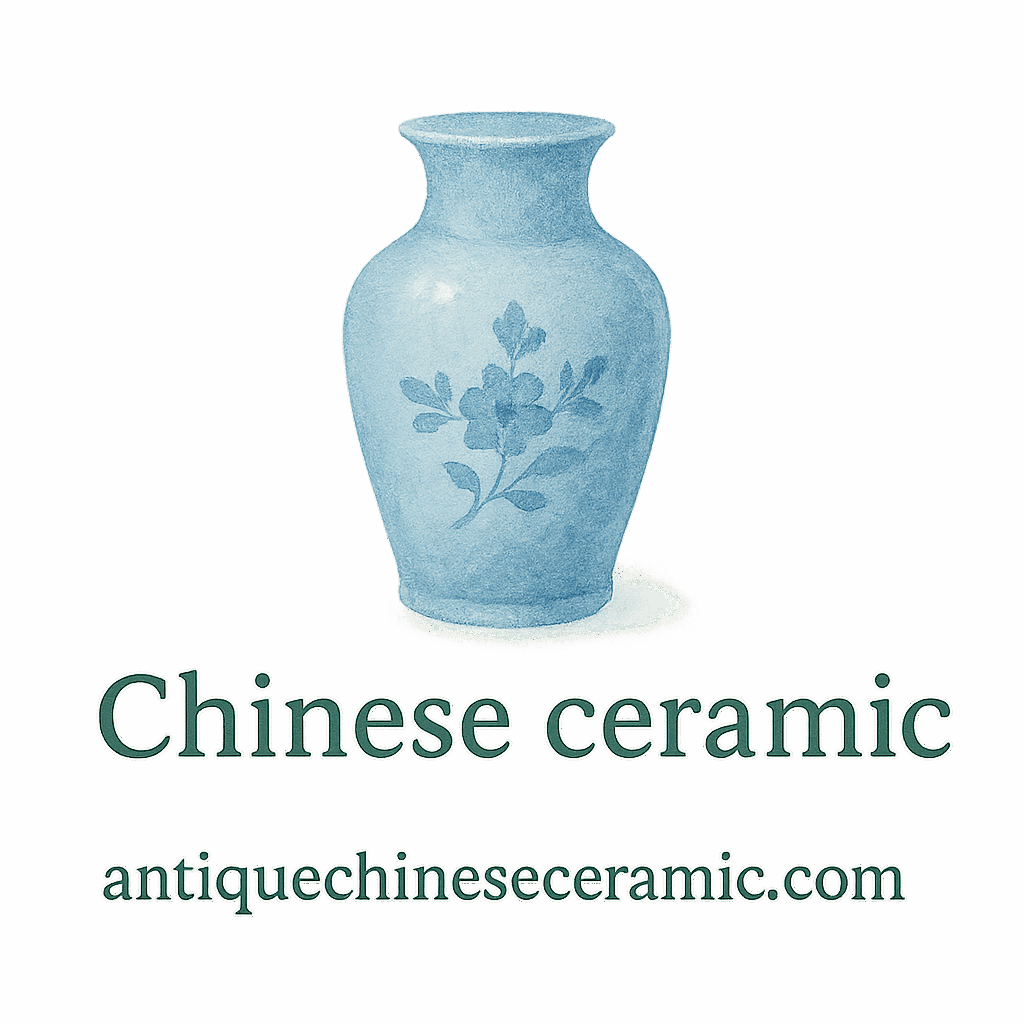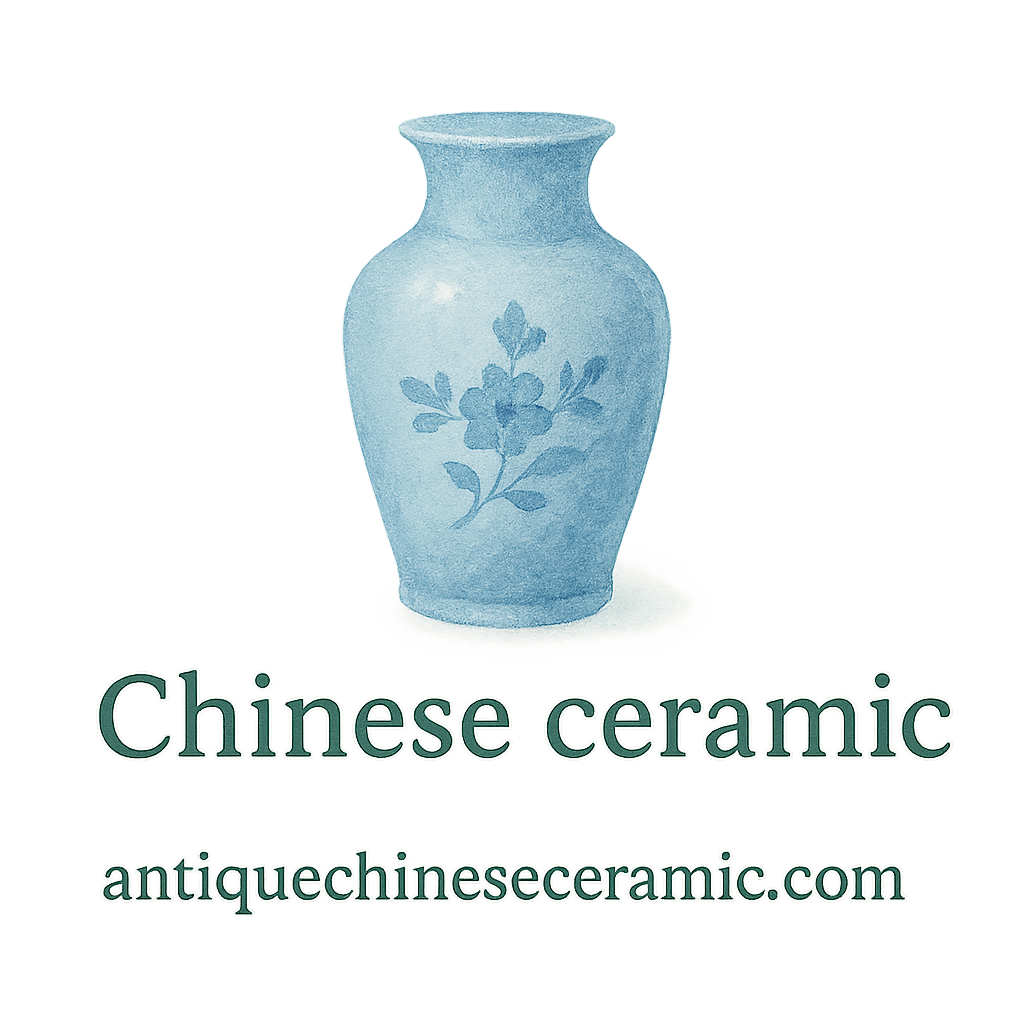Introduction
So, you’ve stumbled upon a beautiful blue-and-white porcelain bowl, and you’re wondering—is this a priceless treasure or just a pretty decoration? When it comes to appraising antique Chinese ceramics, accurate evaluation is a must.
In this guide, we’ll explore 6 expert-backed methods to appraise antique Chinese ceramics accurately. Whether you’re a seasoned collector or a curious beginner, these methods will sharpen your eye and elevate your understanding of these delicate treasures.
Plus, we’ll sprinkle in helpful resources like the history of antique Chinese ceramics, valuation techniques, and tips on preservation.
Why Accurate Appraisal Matters
Preserving Cultural Heritage
Appraising ceramics isn’t just about placing a price tag. It’s about honoring the legacy of ancient artisans and preserving their heritage. Proper appraisal ensures these treasures are treated with the respect they deserve.
Determining Market Value
From insurance coverage to auction bidding, accurate valuation protects your investment. Mistaking a Ming vase for a knockoff could cost you—literally.
Method 1: Identify the Era and Dynasty
Understanding Chinese Ceramic Timelines
The first step in appraising any antique Chinese ceramic is to identify the dynasty it belongs to. Chinese ceramics evolved significantly across dynasties, each with distinct styles, techniques, and materials.
You’ll want to familiarize yourself with the timeline of Chinese dynasties that made their mark in ceramic history.
Famous Dynasties to Know
- Tang Dynasty (618–907): Known for sancai (three-color) glaze.
- Song Dynasty (960–1279): Famous for simplicity and elegance.
- Yuan Dynasty (1271–1368): Introduced cobalt blue underglaze.
- Ming Dynasty (1368–1644): Iconic blue and white porcelain.
- Qing Dynasty (1644–1912): Extremely colorful and intricate pieces.
Each era left its own fingerprint on the ceramics it produced. Comparing your piece with examples in this collection guide will help pinpoint the era more precisely.
Method 2: Examine the Ceramic Style and Shape
Spotting Dynasty-Specific Designs
Shape is not random in Chinese ceramics—each dynasty had preferred forms and decorations. Recognizing this can reveal a lot about a piece’s origin and age.
Visit this shape and style guide to browse era-specific forms.
Differentiating Between Common and Rare Shapes
A plate may be common, but a moon flask or a gourd vase? These are more rare and potentially more valuable. Understanding the rarity and purpose of a shape can impact your appraisal greatly.
Method 3: Analyze the Glaze and Surface
Clues Hidden in the Finish
Surface and glaze characteristics are subtle but crucial appraisal indicators. Look at:
- Texture: Smooth or sandy?
- Color: Uniform or with gradation?
- Firing marks: Bubbles, burns, or uneven glaze?
Browse the surface detail tag for examples.
Craquelure, Gloss, and Firing Marks
Authentic aged ceramics often show craquelure (fine cracking in glaze) and gloss fading—signs that can be mimicked but not perfectly reproduced. These signs help separate old from fake.
Also, consult this post on identifying glaze and materials.

Method 4: Check the Base and Foot Rim
Understanding Pottery Construction Techniques
The underside of a ceramic—often overlooked—offers critical clues. Look for:
- Unglazed foot rims
- Kiln marks
- Color variance in the clay
Browse the methods tag for a deep dive into how these features develop.
What the Bottom Says About Authenticity
Some fakes nail the top but forget the bottom. Look for sloppy glaze drips or tool marks. A clean foot rim with wear marks indicates authentic age and use. Appraisal tags often emphasize bottom inspections.
Method 5: Utilize Professional Appraisal Services
Why Expert Help Matters
Even with all this knowledge, nothing beats a trained eye. Professional appraisers bring decades of experience and lab tools to detect age, authenticity, and value.
Explore professional valuation services for trusted help.
How to Choose the Right Appraiser
Look for appraisers who:
- Specialize in Asian or Chinese ceramics
- Are affiliated with appraisal organizations
- Provide written certificates of value
Also, review insights on valuation techniques.
Method 6: Compare with Verified Pieces and Auction Records
Referencing Museums, Catalogs, and Databases
Reference pieces in museums and auction house records can act like a cheat sheet. If your ceramic closely resembles a verified museum piece, that’s a strong indicator of authenticity.
See examples under the auction tag.
The Role of Online Auction Archives
Platforms like Sotheby’s and Christie’s offer past auction results online. Cross-referencing these can help estimate a price range and validate authenticity.
Check out this guide to collecting for auction strategies.
Bonus Tips for Collectors
Keep Detailed Records
Documenting where, when, and how you acquired each piece helps with future appraisals and adds credibility.
Prioritize Safe Storage and Preservation
Poor storage can ruin valuable ceramics. Browse this preservation guide and related safety, storage, and cleaning tips.
Conclusion
Appraising antique Chinese ceramics accurately isn’t just about money—it’s about preserving history and respecting craftsmanship. By using these six expert-approved methods—from identifying dynasties to consulting auction archives—you can uncover the true story behind each ceramic piece.
And remember: always keep learning, stay curious, and never stop admiring the intricate beauty of Chinese ceramics. To dive even deeper, explore the full library at AntiqueChineseCeramic.com.
FAQs
1. How can I tell if my Chinese ceramic is fake?
Check for inconsistencies in glaze, base finish, and shape. Fake pieces often lack the telltale signs of age.
2. Are markings on the bottom of ceramics always reliable?
Not always. Many fakes use fake reign marks. Combine mark analysis with other methods.
3. What is the most valuable Chinese ceramic dynasty?
Ming and Qing dynasty pieces, especially imperial kilns, are among the most valuable.
4. Can cleaning affect my ceramic’s value?
Yes! Improper cleaning can ruin surfaces. Use only approved cleaning methods.
5. Where can I store my ceramics safely?
Cool, dry environments with soft padding. Learn more in our care guide.
6. Is color a strong indicator of age?
It can be. Certain colors like cobalt blue evolved over time and help pinpoint the era.
7. Do all valuable ceramics come from dynasties?
Most do, but some Republican and 20th-century pieces are valuable too—especially those with artist signatures.


